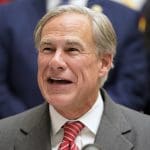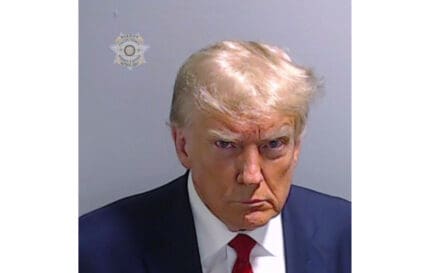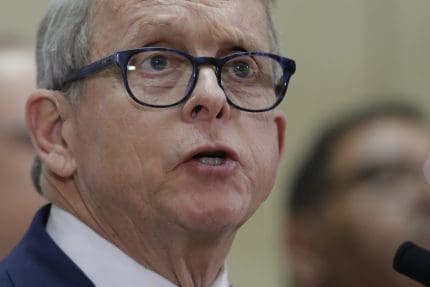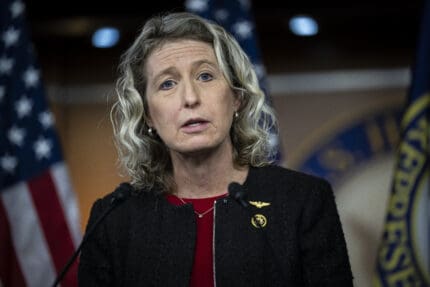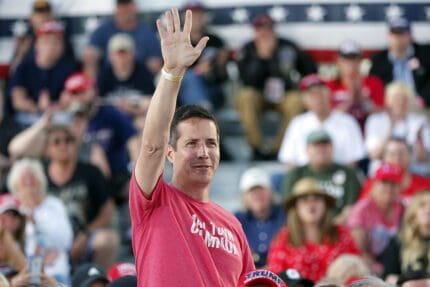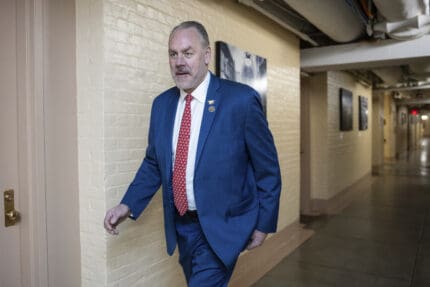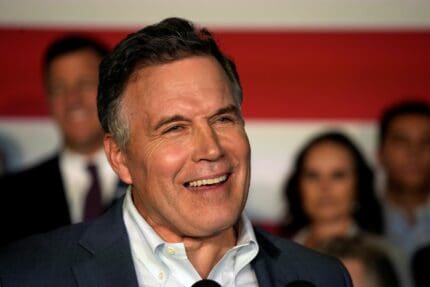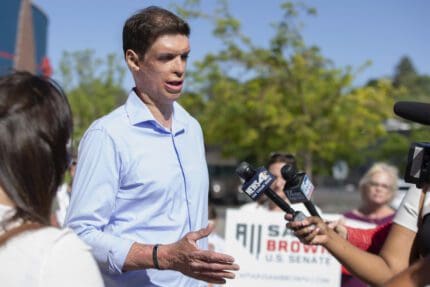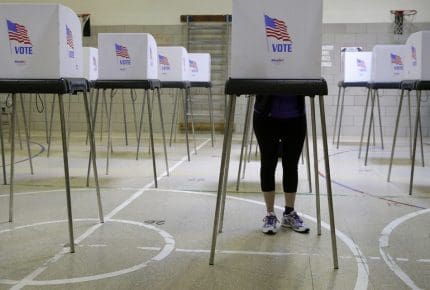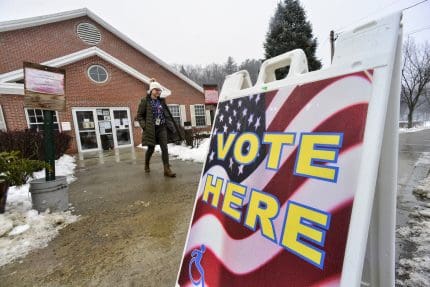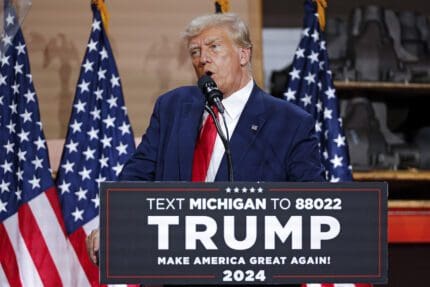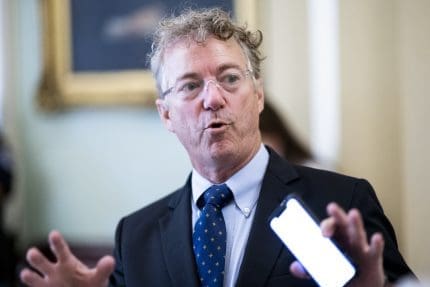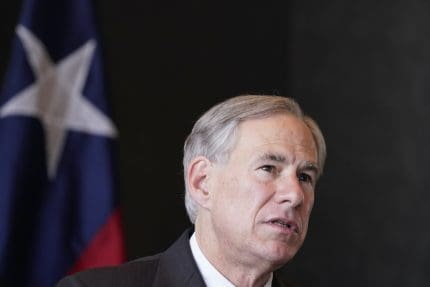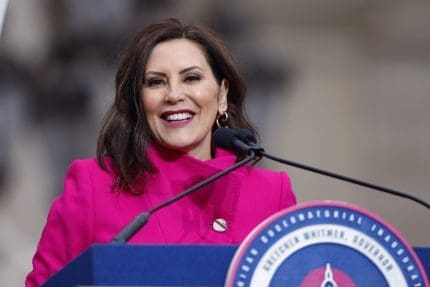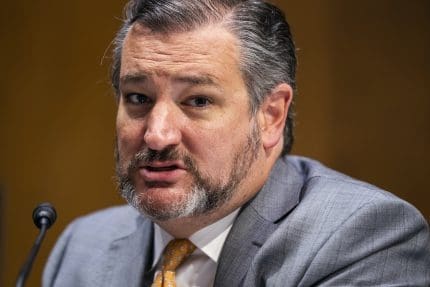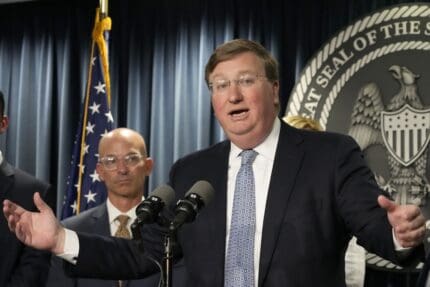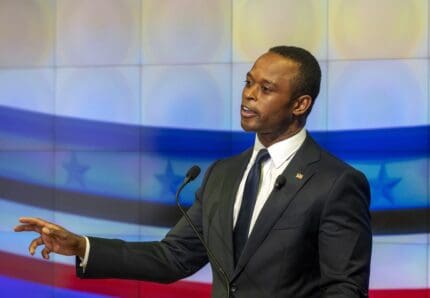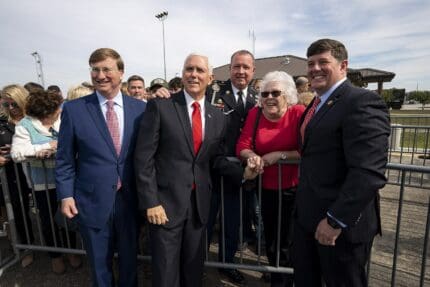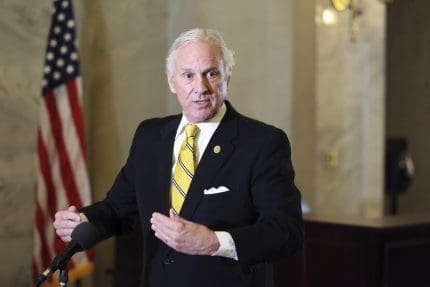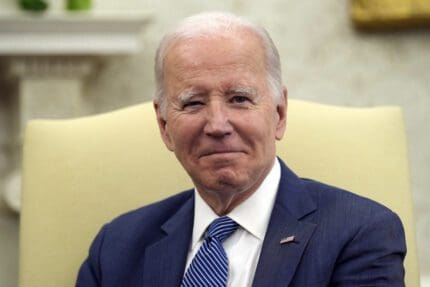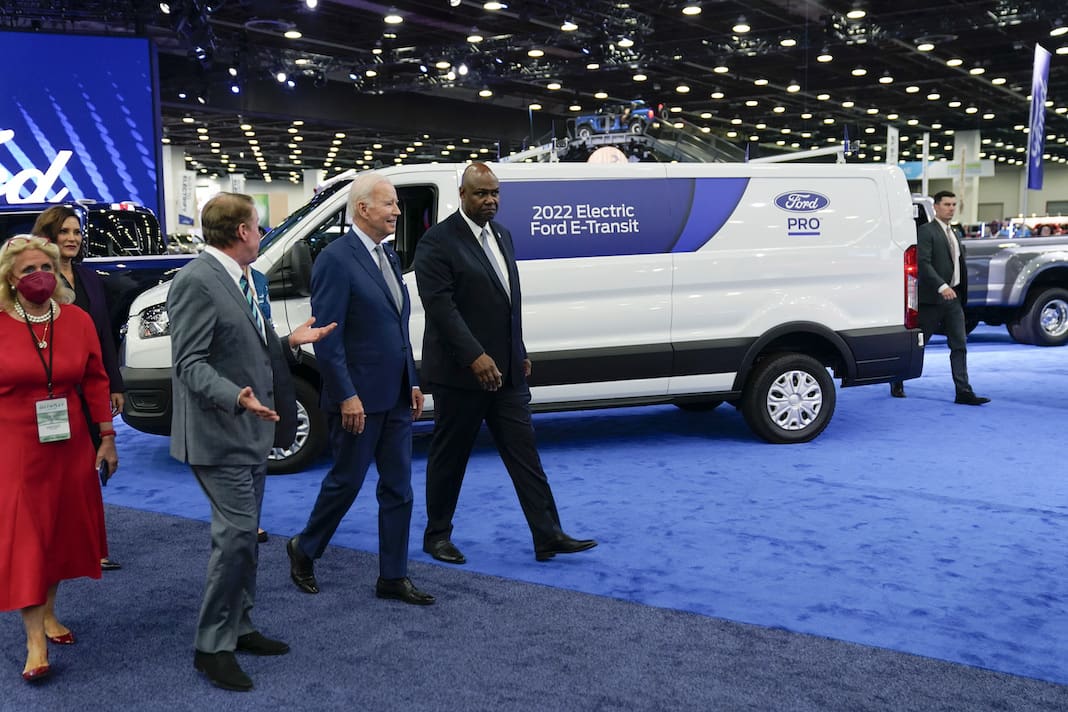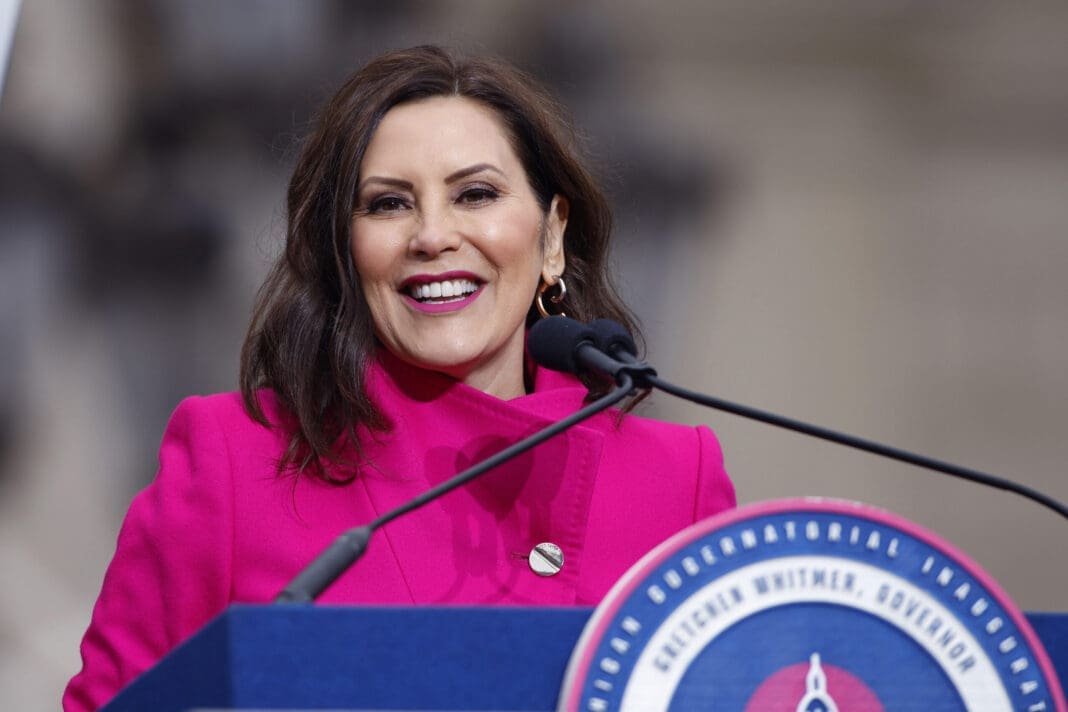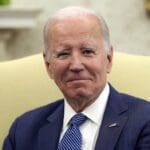Native Americans criticize Trump plan to visit 'symbol of white supremacy'
Trump’s plan to visit Mt. Rushmore comes amid a national reckoning over racism and a reconsideration of the symbolism of monuments.
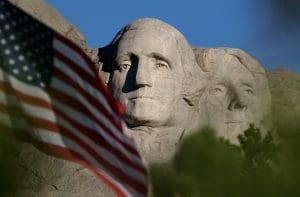
Donald Trump’s plans to kick off Independence Day with a showy display at Mount Rushmore are drawing sharp criticism from Native Americans who view the monument as a desecration of land violently stolen from them and used to pay homage to leaders hostile to native people.
Several groups led by Native American activists are planning protests for Trump’s July 3 visit, part of his “comeback” campaign for a nation reeling from sickness, unemployment, and, recently, social unrest. The event is slated to include fighter jets thundering over the 79-year-old stone monument in South Dakota’s Black Hills and the first fireworks display at the site since 2009.
But it comes amid a national reckoning over racism and a reconsideration of the symbolism of monuments around the globe. Many Native American activists say the Rushmore memorial is as reprehensible as the many Confederate monuments being toppled around the nation.
“Mount Rushmore is a symbol of white supremacy, of structural racism that’s still alive and well in society today,” said Nick Tilsen, a member of the Oglala Lakota tribe and the president of a local activist organization called NDN Collective. “It’s an injustice to actively steal Indigenous people’s land then carve the white faces of the conquerors who committed genocide.”
While some activists, like Tilsen, want to see the monument removed altogether and the Black Hills returned to the Lakota, others have called for a share in the economic benefits from the region and the tourists it attracts.
Trump has long shown a fascination with Mount Rushmore. South Dakota Gov. Kristi Noem said in 2018 that he had once told her straight-faced it was his dream to have his face carved into the monument. He later joked at a campaign rally about getting enshrined alongside George Washington, Thomas Jefferson, Teddy Roosevelt, and Abraham Lincoln. And while it was Noem, a Republican, who pushed for a return of the fireworks on the eve of Independence Day, Trump joined the effort and committed to visiting South Dakota for the celebration.
The four faces, carved into the mountain with dynamite and drills, are known as the “shrine to democracy.” The presidents were chosen by sculptor Gutzon Borglum for their leadership during four phases of American development: Washington led the birth of the nation; Jefferson sparked its westward expansion; Lincoln preserved the union and emancipated slaves; Roosevelt championed industrial innovation.
And yet, for many Native American people, including the Lakota, Cheyenne, Omaha, Arapaho, Kiowa, and Kiowa-Apache, the monument is a desecration to the Black Hills, which they consider sacred. Lakota people know the area as Paha Sapa — “the heart of everything that is.”
As monuments to Confederate and colonial leaders have been removed across U.S. cities, conservatives have expressed concern that Mount Rushmore could be next. Commentator Ben Shapiro this week suggested that the “woke historical revisionist priesthood” wanted to blow up the monument. Noem responded by tweeting, “Not on my watch.”
Tim Giago, a journalist who is a member of the Oglala Lakota tribe, said he doesn’t see four great American leaders when he looks at the monument, but instead four white men who either made racist remarks or initiated actions that removed Native Americans from their land. Washington and Jefferson both held slaves. Lincoln, though he led the abolition of slavery, also approved the hanging of 38 Dakota men in Minnesota after a violent conflict with white settlers there. Roosevelt is reported to have said, “I don’t go so far as to think that the only good Indians are dead Indians, but I believe nine out of every 10 are..”
The monument has long been a “Rorschach test,” said John Taliaferro, author of “Great White Fathers,” a history of the monument. “All sorts of people can go there and see it in different ways.”
The monument often starts conversations on the paradox of American democracy — that a republic that promoted the ideals of freedom, determination, and innovation also enslaved people and drove others from their land, he said.
“If we’re having this discussion today about what American democracy is, Mount Rushmore is really serving its purpose because that conversation goes on there,” he said. “Is it fragile? Is it permanent? Is it cracking somewhat?”
The monument was conceived in the 1920s as a tourist draw for the new fad in vacationing called the road trip. South Dakota historian Doane Robinson recruited Borglum, one of the preeminent sculptors at the time, to abandon his work creating the Stone Mountain Confederate Memorial in Georgia, which was to feature Robert E. Lee, Jefferson Davis, and Stonewall Jackson.
Borglum was a member of the Ku Klux Klan, according to Mount Rushmore historian and writer Tom Griffith. Borglum joined the Klan to raise money for the Confederate memorial, and Griffith argues his allegiance was more practical than ideological. He left that project and instead spent years in South Dakota completing Mount Rushmore.
Native American activists have long staged protests at the site to raise awareness among the history of the Black Hills, which were taken from them despite treaties with the United States protecting the land. Fifty years ago this summer a group of activists associated with an organization called United Native Americans climbed to the top of the monument and occupied it.
Quanah Brightman, who now runs United Native Americans, said the activism in the 1970s grew out of the civil rights movement of the 1960s. He hopes a similar movement for Native Americans comes from the Black Lives Matter movement.
“What people find here is the story of America — it’s multidimensional, it’s complex,” Griffith said. “It’s important to understand it was people just trying to do right as best they knew it then.”
The White House declined to comment.
Recommended
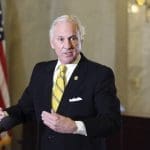
SC governor to sign bill banning hormone therapy for transgender youth into law
Treatments for youth already taking the drugs could be gradually taken off them through Jan. 31
By Skylar Laird, South Carolina Daily Gazette - May 09, 2024
Ohio Gov. DeWine said he didn’t know of millions in FirstEnergy support. Is it plausible?
Ohio Gov. Mike DeWine’s claim to not know about the millions an Akron utility spent supporting his 2018 campaign for governor simply isn’t credible, an Ohio political scientist said in a recent interview. A spokesperson for DeWine pushed back. FirstEnergy provided that support, then spent more than $60 million to pass and protect a $1.3 billion ratepayer-financed […]
By Marty Schladen, Ohio Capital Journal - April 29, 2024
Missouri governor hopeful Bill Eigel rejects affordable childcare proposal
Eigel has previously supported stripping funds from public schools and once opposed an expansion of early kindergarten.
By Jesse Valentine - April 15, 2024






